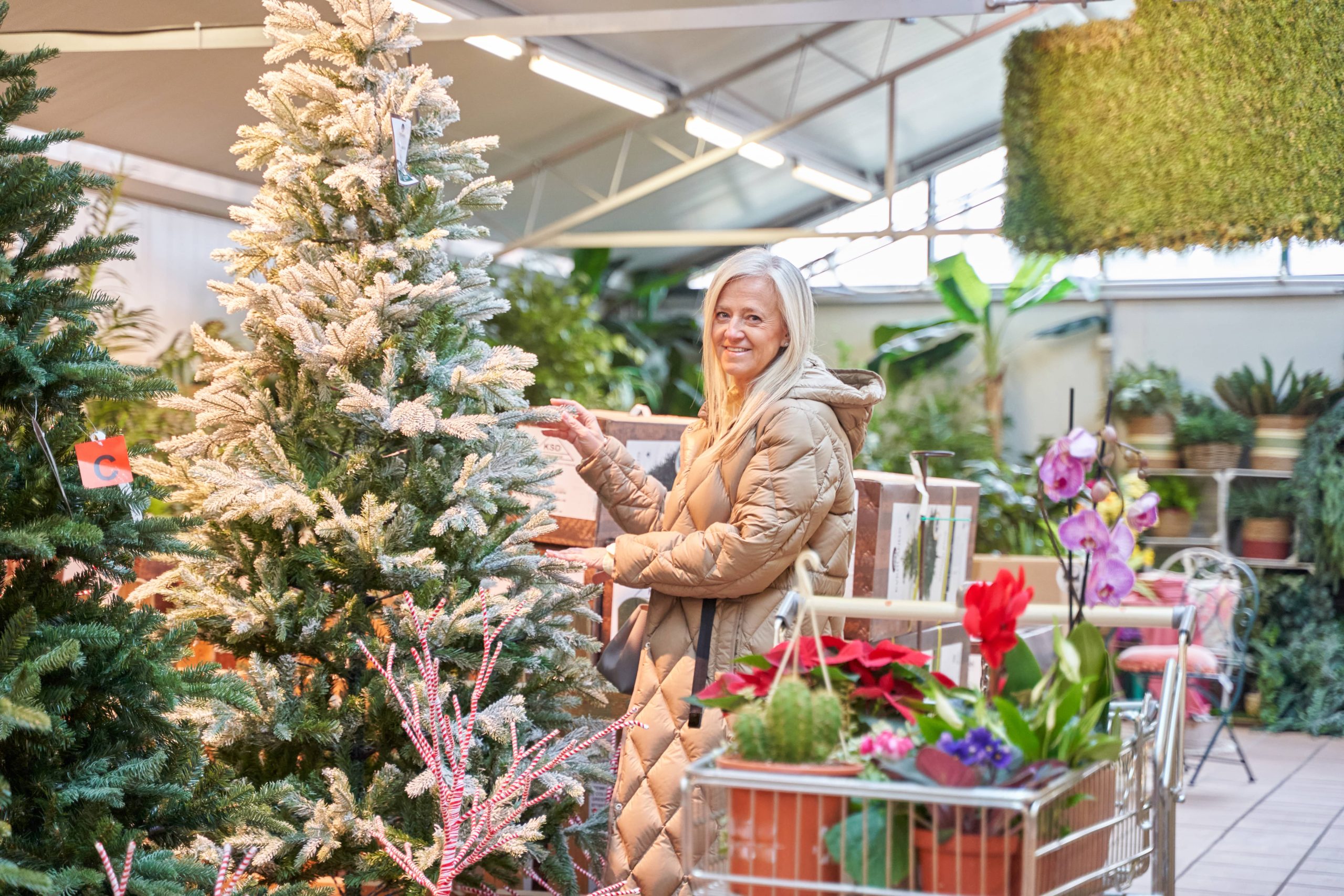
As winter sets in and the natural food supply diminishes, many birds and other wildlife face the challenge of finding enough sustenance to survive. For homeowners and garden enthusiasts, this presents a unique opportunity to give nature a helping hand while enjoying the delightful spectacle of diverse wildlife right in their backyards. Creating winter bird feeding stations not only provides essential nourishment to birds but also transforms your garden into a lively winter habitat that is inviting and enriching all season long.
The Need for Winter Feeding
During the cold winter months, food is scarce and birds need more energy to maintain their body heat. The lack of insects, seeds, and berries—the mainstay of many birds’ diets—means they have to work harder to find food. By establishing a bird feeding station in your yard, you help supplement these natural shortages, giving these creatures the energy they need to thrive.
Moreover, a reliable food source can attract a variety of bird species, including those that might not be commonly seen around your home, thus adding to the biological diversity of your area. Some birds are migratory and rely on feeders as stopover refueling points on their long journeys.
Designing Your Winter Bird Feeding Station
1. Location, Location, Location:
The positioning of your bird feeder is crucial. Choose a spot that offers a good view from your window, so you can enjoy watching the visitors. Ensure the location provides shelter from the wind, ideally near shrubs or trees that offer birds a place to perch and escape predators.
2. Selecting Feeders:
There are various types of feeders available, including tray feeders, tube feeders, hopper feeders, and suet feeders. A combination of different feeders can draw a wider range of species as different birds have preferences for certain types of feeders. For instance, woodpeckers and nuthatches might prefer suet feeders, while cardinals and jays might be more drawn to tray feeders.
3. Providing the Right Food:
A diverse array of food will attract a wide variety of birds. Black oil sunflower seeds are a favorite for many birds, offering a high-fat content that’s perfect for providing energy in cold weather. Nyjer seeds are excellent for attracting finches, while peanuts and cracked corn can lure in larger birds like jays and crows. Don’t forget suet cakes, ideal for woodpeckers and other insect-eating birds, which provide much-needed fat.
4. Water for Birds:
Water can be even harder to find than food during winter because many natural sources freeze over. Consider adding a heated bird bath to your station to provide essential water, ensuring it’s regularly cleaned and replenished.
Additional Tips for Maintaining a Successful Feeding Station
– Keep It Clean: To prevent the spread of disease, clean your feeders regularly. This involves washing them with a mild bleach solution or hot soapy water, ensuring they are thoroughly rinsed and dried before refilling.
– Avoid Pesticides: While maintaining your garden, refrain from using pesticides as they can contaminate the food source, harming the birds.
– Minimize Window Collisions: Place feeders either very close (less than three feet) or quite far from windows (more than 10 feet) to reduce collision risks. Adding window decals or screens can also help lessen this hazard.
– Protect from Predators: Be mindful of local predators like cats. Position feeders in areas that minimize hiding spots for cats and consider adding barriers or using squirrel-proof feeders to deter unwanted predation.
The Benefits Beyond Bird Watching
While providing vital resources to wildlife is rewarding, the benefits of a winter bird feeding station extend beyond the joy of bird watching. Feeding stations contribute to the ecosystem by encouraging the presence of natural pest controllers and pollinators, which positively impact your garden’s health. The regular visitors your feeding station attracts can help in garden pollination once spring returns.
Educating younger members of the household about the importance of helping wildlife fosters an interest in nature and conservation. Observing and identifying different bird species can be a fun and educational activity for all ages.
Furthermore, feeding birds in winter can significantly contribute to their survival rate, ensuring a healthy population when breeding season arrives. This, in turn, maintains the local biodiversity, which is essential for a balanced ecosystem.
Conclusion
Setting up a winter bird feeding station in your yard is a small yet impactful way to connect with nature and aid wildlife in challenging conditions. As you experience the flurry of activity and color on a cold winter’s day, you’ll find that the chirping and fluttering of birds is a comforting and uplifting antidote to the season’s barrenness. Your contribution not only supports these creatures in their survival but also enhances your appreciation for the natural world, making your home and garden a winter sanctuary for both birds and bird lovers alike.







